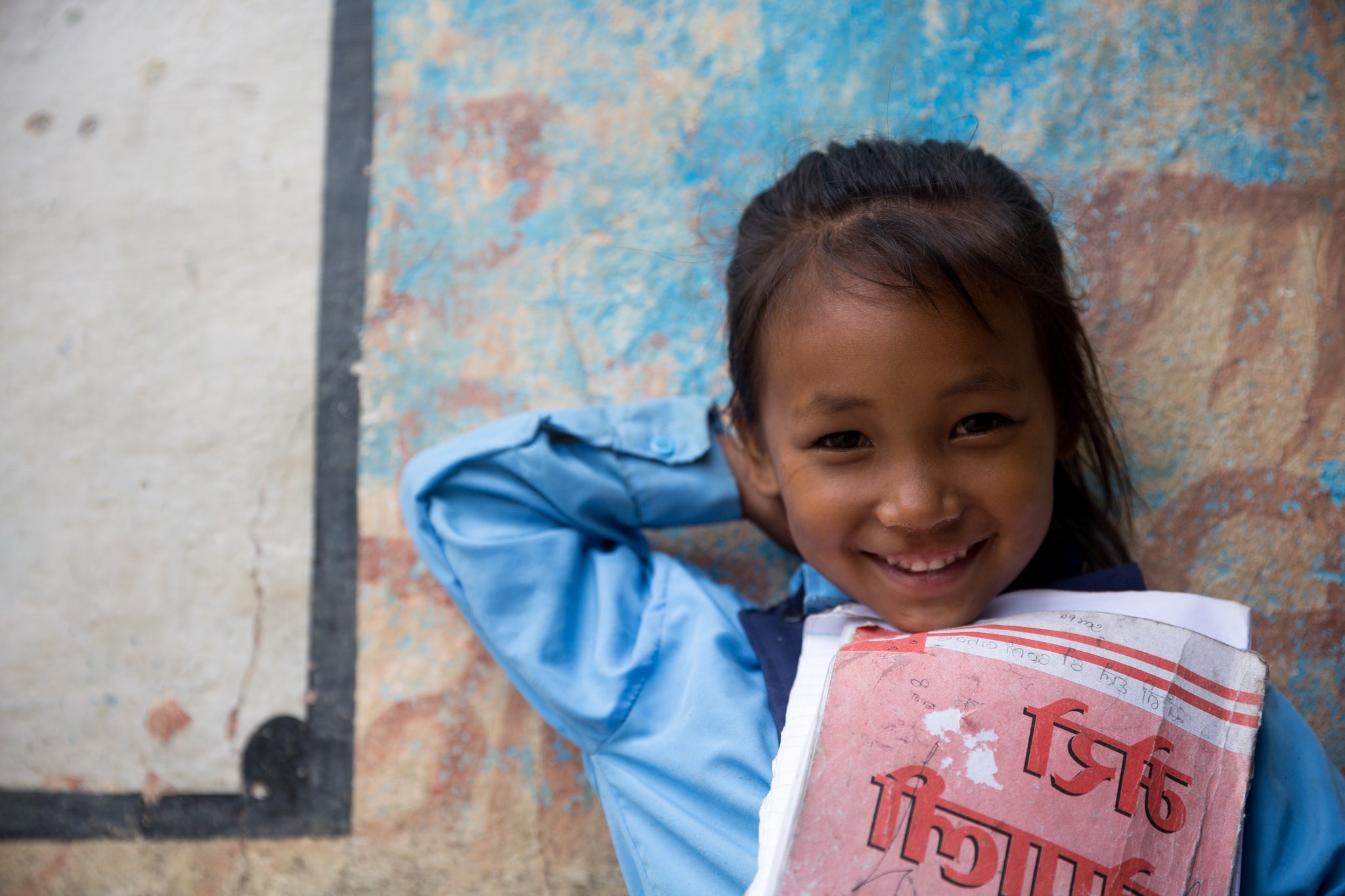
What we do
Street Child of Nepal provides education for children in marginalised rural and urban communities across Nepal.
Street Child of Nepal provides education for children in marginalised rural and urban communities across Nepal. From building schools in earthquake-affected communities to giving the most marginalised children a chance to go to school, we believe in long-term solutions. We are now working to ensure that no child is forgotten and has access to the learning opportunities that they deserve.
POST EARTHQUAKE RESPONSE
Building Schools in Earthquake Affected Communities
The devastating earthquakes of April and May 2015 disrupted the schooling of approximately 5 million children in Nepal. The displacement of thousands of children and their families placed an enormous amount of stress on existing resources, and further risked more children remaining out of school.
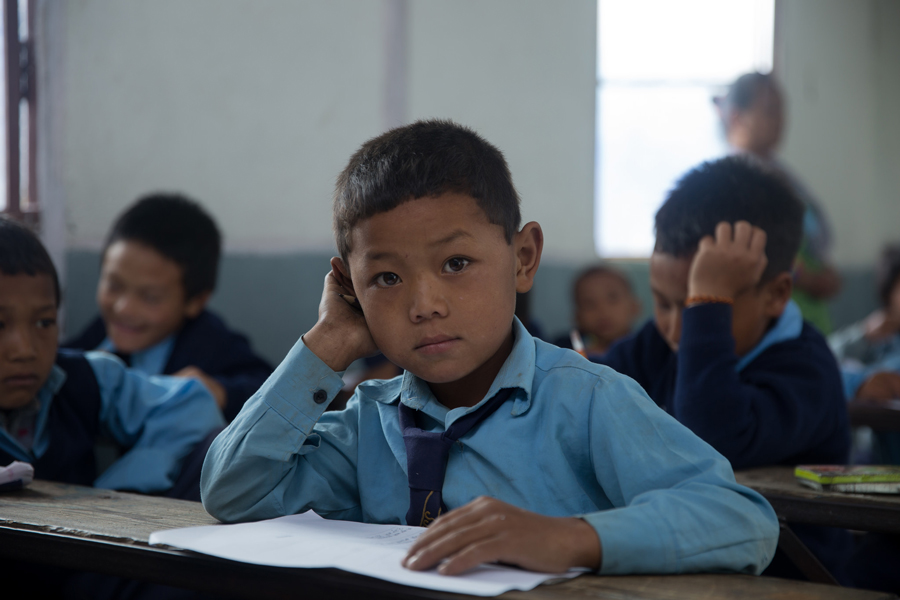
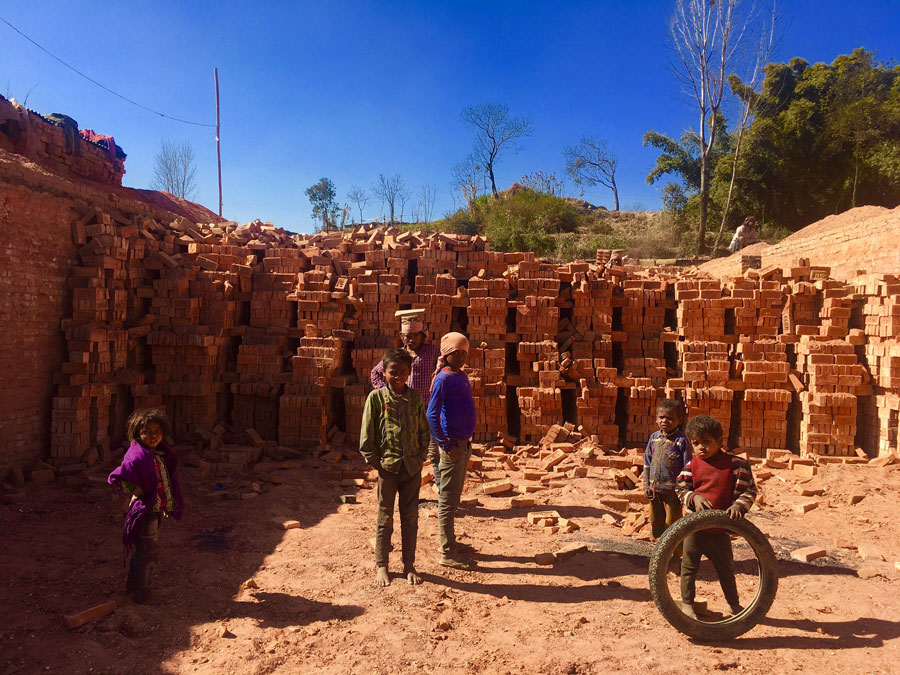
EDUCATION BEHIND THE WALLS
Helping Children in Brick Factories Go to School
Migrant families, especially children, face continuous interruptions to their studies. Brick factories are seasonal and attract workers from outside the valley who bring their families with them. This means that employees spend six months at the factory in the Kathmandu Valley and six months in their rural villages. This constant movement in addition with inflexible school administration, rigid national curricula, absence of support networks and poorly trained teachers prevent children living in these brickfactories from pursuing an education.
Research and Future Projects
Following our work with UNICEF in Nepal’s post-earthquake recovery, we continue to explore avenues for further impact with the development of emerging programs.
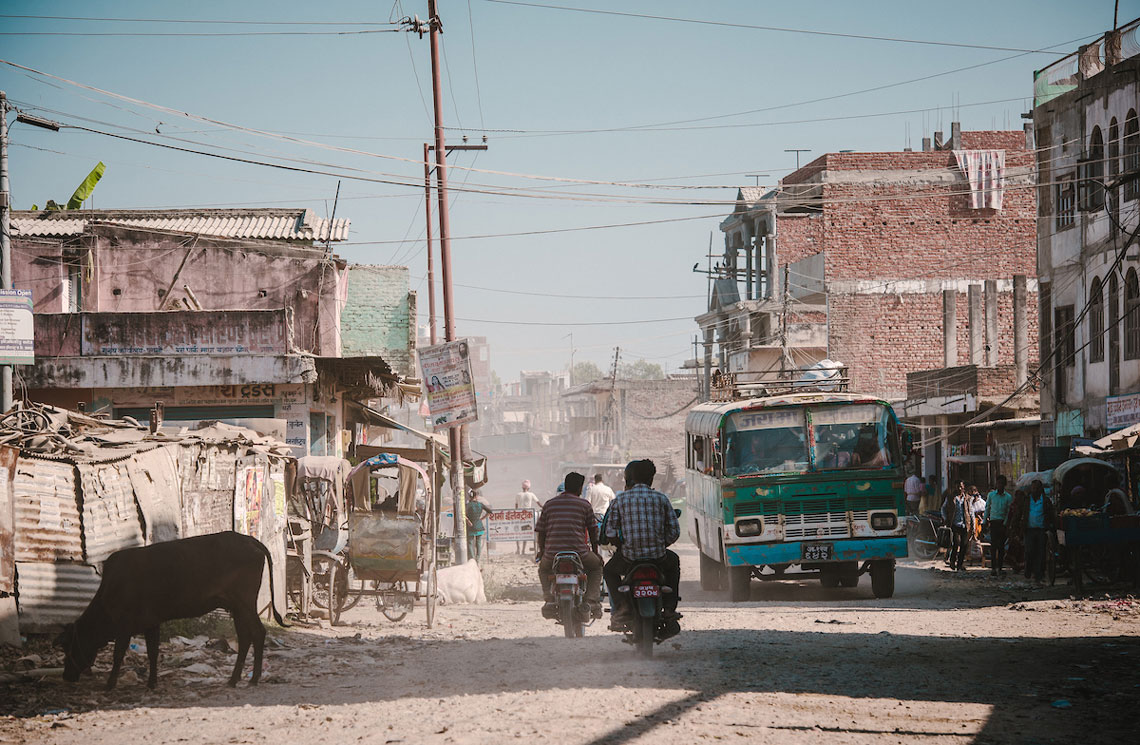
Human Trafficking
Slavery and trafficking are serious global crimes that violate the human of their victims. Every year thousands of people, - children, women and men fall into the hands of traffickers and are exploited for different purposes in their own countries or abroad.
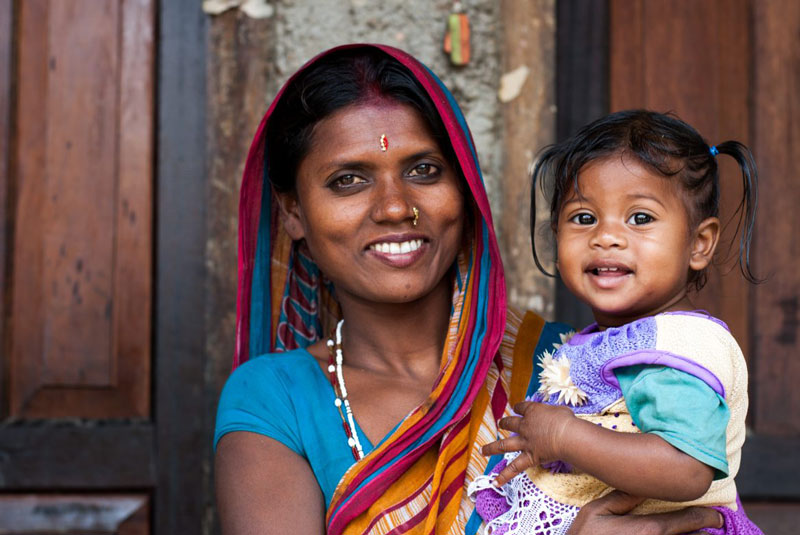
Breaking the bonds
In April 2016, Street Child conducted a survey with a Musahar community which involved 107 parents, children and teachers, to find out how the community understands exclusion from education.
